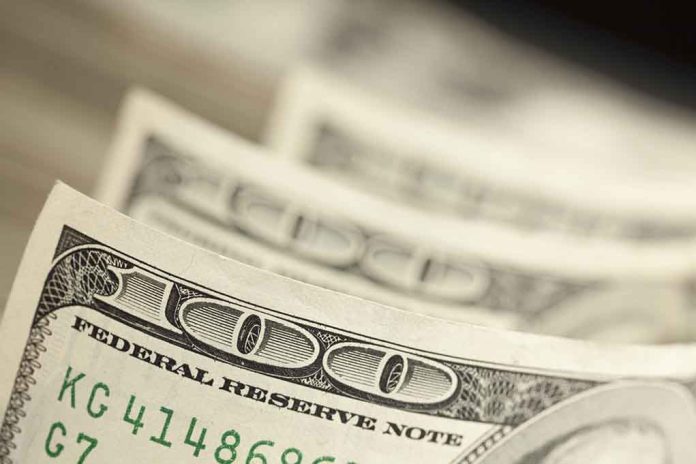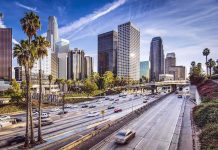
The controversial congestion pricing plan in New York City charges tolls for entering busy areas, aiming to improve traffic flow and air quality.
At a Glance
- Congestion pricing in Manhattan to commence despite legal resistance from New Jersey.
- The toll will start on January 5, south of 60th Street, with an initial $9 charge.
- Federal Highway Administration and New Jersey are yet to resolve legal and environmental challenges.
- Funds from tolls will enhance public transportation and environment in NYC.
Congestion Pricing: A Transformative Plan for NYC
New York City is set to pioneer America’s first congestion pricing system after passing a significant legal hurdle. Effective January 5, vehicles entering Manhattan below 60th Street must pay a once-daily toll, with the Federal Highway Administration needing to manage pending legal and environmental disputes before January 17. Despite vocal opposition, state and local authorities frame this as a path to reduce traffic and advance clean air policies. The toll’s revenue will primarily fund public transit improvements at the expense of commuters.
Governor Kathy Hochul celebrates the decision, noting supposed benefits for New Yorkers. “Despite the best efforts of the State of New Jersey trying to thwart New York’s ability to reduce congestion on our streets while making long-overdue investments in public transit, our position has prevailed in court on nearly every issue.” Hochul highlights a 40% reduction in the toll’s cost, originally a staggering $15 daily fee, “benefiting” both New York and New Jersey commuters.
MTA gets OK to start $9 Manhattan congestion toll following Jersey judge’s ruling — Hochul calls it ‘massive win for commuters’ https://t.co/PJPx2VQUAG pic.twitter.com/lDqWomgjHQ
— New York Post (@nypost) December 31, 2024
Legal and Political Challenges Persist
New Jersey strongly opposes the plan, challenging potential negative impacts on the state. Lawsuits from the United Federation of Teachers, the Trucking Association of New York, and some Manhattan residents didn’t succeed in halting the toll as federal judges continue to dismiss cases from Manhattan and surrounding counties. The most significant legal challenge, New Jersey’s lawsuit against environmental implications, remains as judicial findings require specific environmental mitigations.
Critics argue the toll could adversely affect New Jersey residents, alongside suburban and urban Democrats who have differing views. New Jersey claims potential environmental suffering and predicts significant financial implications, seeking millions in damages. Representative Mike Lawler and Republicans voice dissatisfaction, adding another layer of complexity to the congestion pricing debate.
Financial and Environmental Steps Forward
The Metropolitan Transportation Authority’s congestion pricing plan was approved with a significant margin, aiming to decrease traffic by 10% in Manhattan. Funds will be directly reinvested into transit modernization and environmental improvements, notably in the Bronx. However, a survey indicated two-thirds of New Yorkers oppose this plan, questioning its long-term feasibility.
“We’re gratified that on virtually every issue, Judge Gordon agreed with the New York federal court and rejected New Jersey’s claim that the environmental assessment approved 18 months ago was deficient,” said Janno Lieber.
Controversy persists around urban environments’ balance between governance, regulation, and infrastructure demands. The implementation of congestion pricing in New York could influence congestion management worldwide, underscoring debates about modern urban development solutions.
Sources:
- Congestion pricing still on for Sunday start after federal judge rules against New Jersey lawsuit
- MTA gets OK to start $9 Manhattan congestion toll following Jersey judge’s ruling — but NJ isn’t giving up its fight just yet













